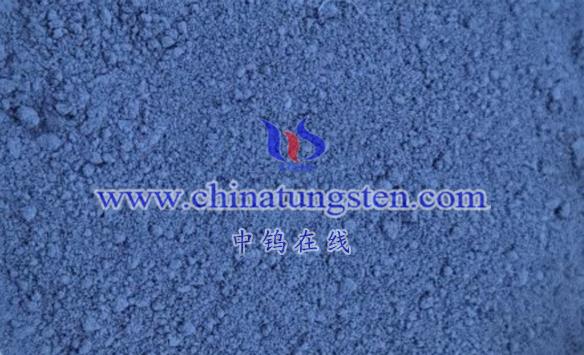
A niobium tungsten oxide lithium battery refers to a type of lithium-ion battery that uses niobium tungsten oxides (e.g., niobium tungsten oxide Nb14W3O44) as a key electrode material, particularly for the anode. This type of battery leverages the unique properties of niobium tungsten oxides to improve performance metrics like charge speed, energy density, and safety. Here’s a detailed explanation:
Core Material: Niobium Tungsten Oxide (Nb14W3O44)
Niobium tungsten oxide is a compound synthesized through specific chemical processes. The production typically involves:
- Precursor Mixing: Combining hydrated niobium oxalate, ammonium metatungstate, and a fuel (such as glycine, urea, or glucose) in the presence of an inorganic acid (e.g., nitric acid, hydrochloric acid, or sulfuric acid).
- Combustion and Calcination: The mixture undergoes self-propagating combustion and calcination at high temperatures (1050–1250°C) in an air atmosphere. Glycine is preferred as it forms complexes with Nb⁵⁺ and W⁶⁺ ions, preventing undesirable phase separation.
Unique Characteristics:
- Open Crystal Structure: The material’s structure facilitates rapid lithium-ion diffusion.
- High Theoretical Capacity: Niobium tungsten oxide has a relatively high capacity for lithium-ion storage.
- Fast Charging Potential: Its structure supports ultra-fast charging without compromising safety.
Application in Lithium-Ion Batteries
As an Anode Material
Niobium tungsten oxide is used as the active material for the anode in lithium-ion batteries. During manufacturing:
- Conductive Additives: Materials like carbon black, carbon nanotubes, or graphene are mixed to improve electrical conductivity.
- Binders: Additives such as carboxymethyl cellulose and styrene-butadiene rubber bind the oxide material to the copper current collector.
- The anode is formed as a thin strip with niobium tungsten oxide as the active material.
Advantages of Niobium Tungsten Oxide-Based Anodes
- Fast Lithium-Ion Diffusion:
Niobium tungsten oxide enables higher lithium-ion mobility compared to traditional graphite anodes, leading to faster charge times. - High Voltage and Capacity:
The material operates at a higher insertion voltage, reducing the risk of lithium plating and dendrite formation, a major cause of short circuits and battery fires. - Enhanced Safety:
Niobium tungsten oxide’s structural stability makes the battery more resilient under high rates of charge/discharge, improving safety during operation. - Extended Cycle Life:
These batteries exhibit excellent cycle stability due to reduced mechanical stress during lithium-ion insertion and extraction.
Performance Highlights
- Fast Charging: The anode’s high ionic conductivity enables rapid charging without overheating or degradation.
- High Power Density: The material’s fast electron and ion transport capabilities deliver high power output.
- Safety Benefits: The reduced risk of dendrite formation and thermal runaway enhances operational safety.
Potential and Future Applications
Niobium tungsten oxide lithium batteries are particularly promising for applications requiring rapid charging and high reliability, such as:
- Electric vehicles (EVs).
- High-performance portable electronics.
- Grid-level energy storage for renewable energy integration.
Conclusion
A niobium tungsten oxide lithium battery incorporates advanced anode materials like niobium tungsten oxides (e.g., Nb14W3O44) to overcome limitations of traditional batteries. It offers superior charge speeds, safety, and energy density, positioning it as a next-generation solution in the lithium-ion battery market. Further research and development may unlock its full potential for broader commercial use.
More details of tungsten oxide product, please visit website: tungsten-oxide.com
Please contact CHINATUNGSTEN for inquiry and order of tungsten oxide:
Email: sales@chinatungsten.com
Tel.: 86 592 5129595











